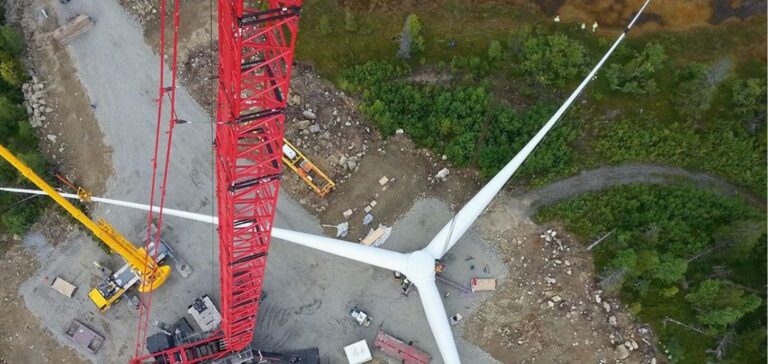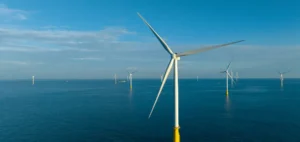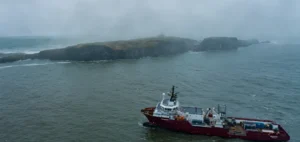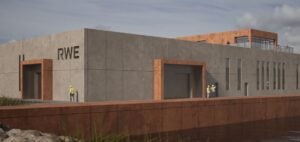Vattenfall is developing a crane concept that could bring major improvements to the construction of onshore wind farms.
A daring project
Vattenfall is looking to develop a climbing crane concept. Thus, the crane would be supported on the tower of the wind turbine rather than on the ground in order to add sections in stages. In addition, the objective is to develop a crane without height limits.
Vattenfall’s team from its Onshore Wind Business Unit is currently working with experts from Mammoet, a heavy lift specialist. The ambition of this cooperation is to enable the use of this new technology in the coming years. The company’s program director states:
“The climbing crane would be much smaller and easier to bring to the site, as well as to move to another location when it has completed a turbine.”
For Vattenfall, this technology would represent one of the biggest changes in wind farm construction in years. This new crane would offer multiple benefits in terms of reducing carbon dioxide emissions. In addition, it would minimize the impact on local communities and reduce costs.
Climate objectives
The climbing crane could reach greater heights. It would work in places where the wind is up to 80% stronger. Thus, it would allow the opening of new complex and remote wind farm sites.
There would also be direct benefits in the operation of the crane itself, according to Vattenfall. The crane project would have a smaller engine. Thus, it would run on electricity rather than fossil fuels.
Vattenfall believes that the new crane could significantly reduce emissions related to transportation and installation compared to standard methods. The company hopes to achieve net zero emissions by 2040. This new crane project could be a step towards achieving this goal.





















